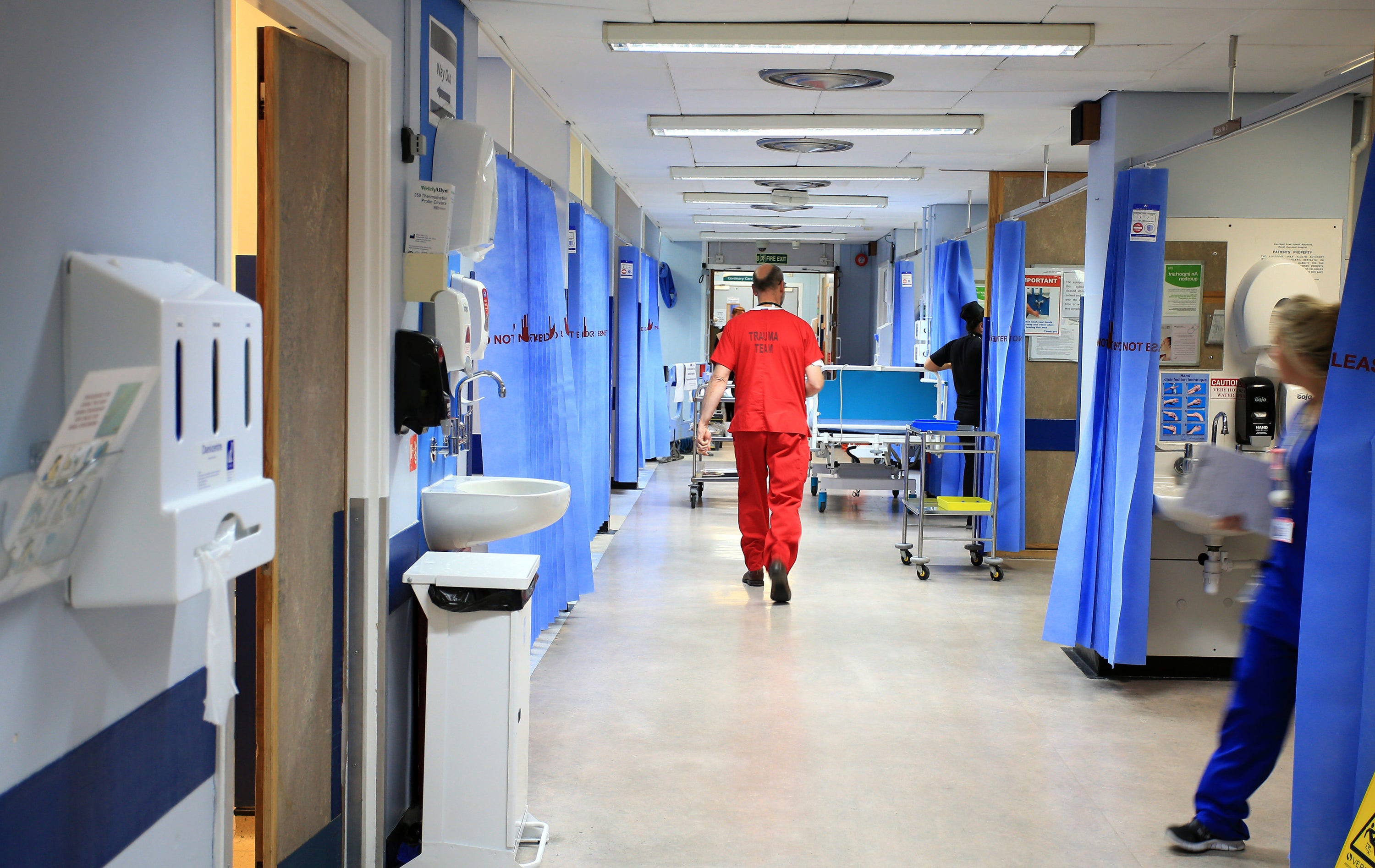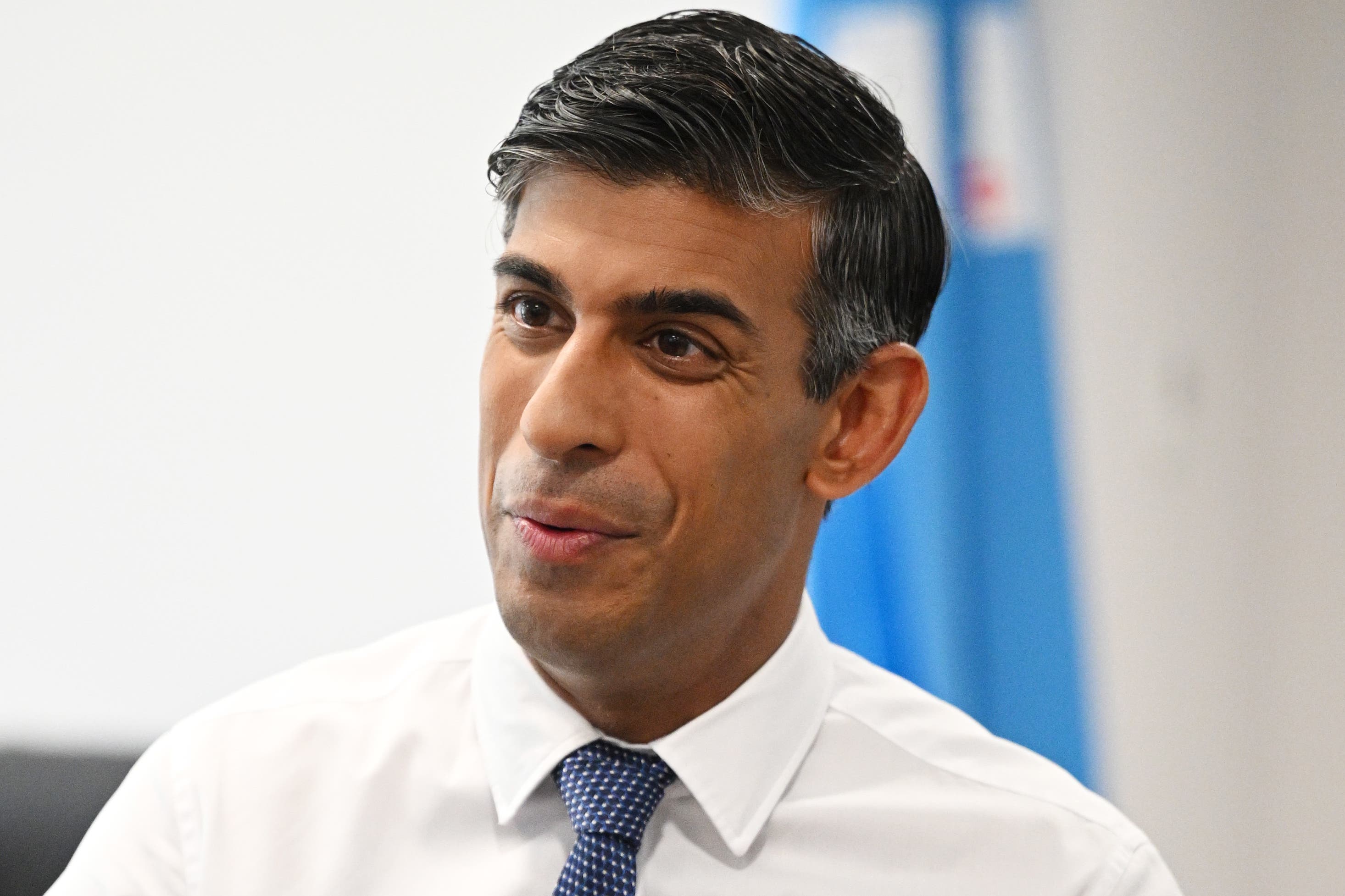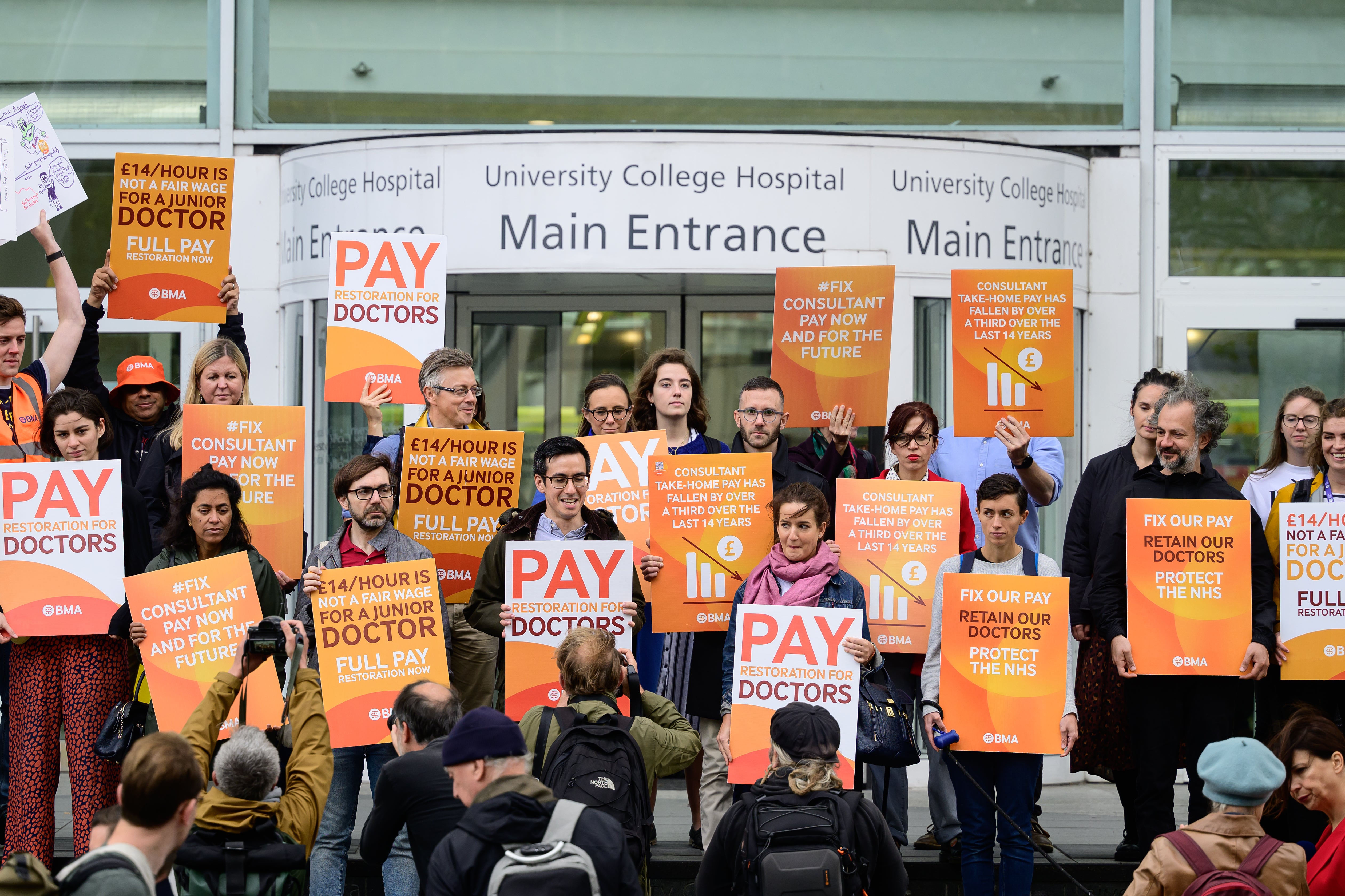NHS waiting list hits record 7.8 million high
Figures come as NHS and goverment agree to reduce targets to tackle waiting list as care backlog spirals

The NHS waiting list has hit a record high of 7.77 million, new official figures show, as healthcare leaders have been told to scale back plans to tackle the backlog.
This figure is up slightly from 7.75 million in August, and is the highest since records began in August 2007.
Some 10,201 people in England are estimated to have been waiting more than 18 months to start routine hospital treatment at the end of September, up from 8,998 at the end of August.
The government and NHS England set a target to eliminate all waits of more than 18 months by April this year, excluding exceptionally complex cases or patients who choose to wait longer.
The figures come as the NHS has agreed with the government to reduce the speed at which it tackles the NHS backlog. This is despite prime minister Rishi Sunak’s promise in January to bring waiting lists down.

In a letter sent to healthcare leaders yesterday, NHS England told them to scale back the target for recovering the national backlog, and announced that it would be allocating £800m of the national budget to trusts. The NHS authority said this was being done with the government’s agreement, in an effort to relieve pressure on the health service and mitigate costs incurred as a result of industrial action.
It said: “The impact of the more than 40 days of industrial action this financial year has created unavoidable financial costs that we estimate to be around £1 billion, with an equivalent loss of elective activity.”
Professor Nicola Ranger, the chief nurse at the Royal College of Nursing, warned that the government has “lost control of NHS waiting times”.
She added: “Despite the numbers now almost trebling since May 2010 and the prime minister’s promises to cut waits, people are being told today that they’re going to be waiting longer as the NHS runs out of money. These lists have been growing for years, and the shortage of nurses is one of the fundamental causes.”
In response to the latest data, NHS England said that the 7.77 million waiting list figure was made up of people waiting for scans, checks and operations, with some waiting for more than one treatment.
In a new analysis published on Thursday, it said that the number of individuals on the waiting list was 6.5 million.

The proportion of cancer patients who saw a specialist within two weeks of being referred urgently by their GP fell from 74.8 per cent in August to 74 per cent in September, remaining well below the target of 93 per cent.
The 93 per cent figure is one of several cancer targets that are about to be discontinued as part of an agreement between the government and NHS England to streamline performance standards.
The number of patients in England waiting for longer than 62 days since an urgent GP referral for suspected cancer was 24,920 in the week ending 1 October, up from 23,809 in the week ending 3 September. However, most of the patients included in this total do not have cancer and are waiting for a diagnostic test, while around one in six do have cancer and are waiting for treatment.
Meanwhile, pressure on A&E departments increased in October compared to last year, with 548,000 emergency admissions that month – up 8 per cent on October 2022. Overall, 1,334,000 people attended A&E, while 152,000 people waited longer than 12 hours from arrival at A&E to being seen, treated or discharged.

Some 70.2 per cent of patients in England were seen within four hours in A&E last month, down from 71.6 per cent in September. The figure hit a record low of 65.2 per cent in December 2022.
The NHS recovery plan sets a target of March 2024 for 76 per cent of patients attending A&E to be admitted, transferred or discharged within four hours.
Dr Tim Cooksley, until recently the president of the Society for Acute Medicine, said: “With a sense of tragic inevitability, the performance data shows a spiral of decline that will mean patients will endure long waits, degrading corridor care and inevitable harm over the upcoming winter months.
“We are imminently in, and many hospitals are already experiencing, a further chaotic and dangerous situation to which there is no easy solution. There was an increase in delays of more than 12 hours in emergency departments, which is truly terrible for patients.”
He said that a winter crisis is now “unavoidable” and that finding a resolution to the disputes behind the recent industrial action must be “mandatory” over the next few weeks.
The average response time in October for ambulances in England dealing with the most urgent incidents, defined as calls from people with life-threatening illnesses or injuries, was eight minutes and 40 seconds, NHS figures show.
This is up from eight minutes and 31 seconds in September and is above the target standard response time of seven minutes.
Join our commenting forum
Join thought-provoking conversations, follow other Independent readers and see their replies
Comments
Bookmark popover
Removed from bookmarks